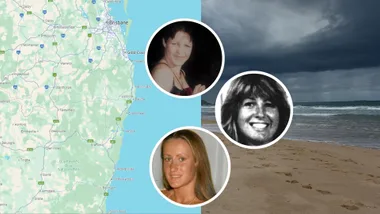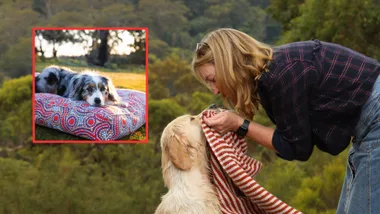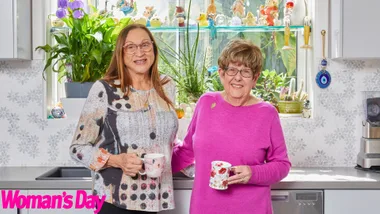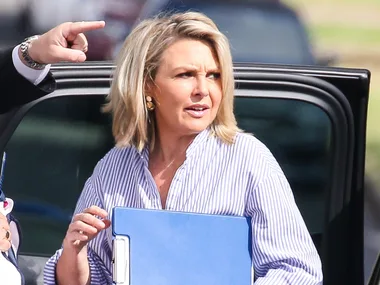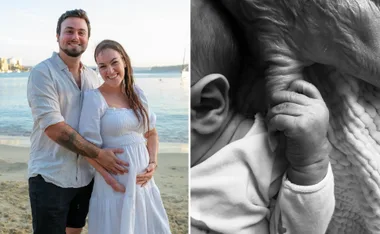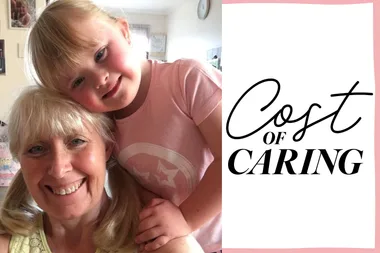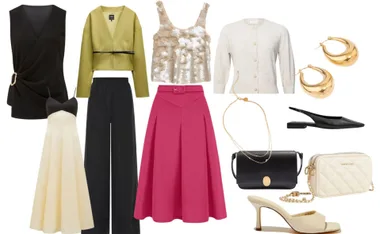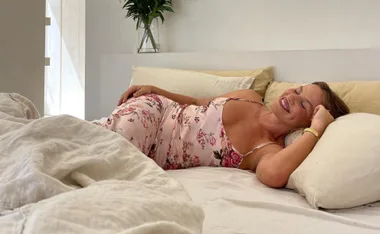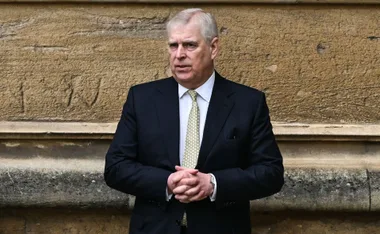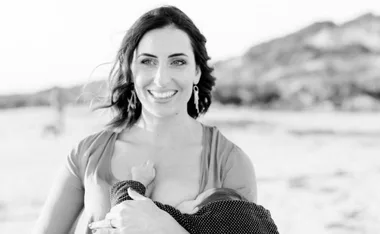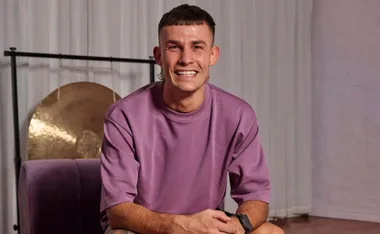The exclusive shock photos which show the actress and her co-star in a passionate embrace will break her husband’s heart.
Australia’s favourite actress Lisa McCune has been busted passionately kissing her South Pacific co-star, Teddy Tahu Rhodes, when they met in Sydney’s eastern suburbs last week for an intimate morning rendezvous. The popular star of new Channel Ten drama series Reef Doctors has spent the past few weeks in Sydney away from her Melbourne-based husband Tim Disney and three young children, to star in South Pacific.
Last Thursday, Lisa, 41, was seen kissing and cuddling Teddy, 45, who is known as the “Brad Pitt of the opera world”, at a café in Paddington. At one stage the pair even slipped down a laneway to share a passionate kiss. Lisa, who was difficult to recognise in a knitted cap, jeans and check shirt, was not wearing her wedding or engagement rings. “I couldn’t believe it was Lisa McCune,” admits one observer, who said the two were making no secret of their close relationship. “The guy she was kissing was very into her and kept touching her and holding her hand.”
There is no denying the on-stage chemistry between the two stars, and Lisa was recently overhead telling a friend she thought Teddy was “really hot” and that it was easy to kiss him during rehearsals for South Pacific. One reviewer says the “chemistry between McCune and Rhodes is palpable”. Lisa herself told Time Out magazine that she was “loving” working with Teddy. Lisa plays Nellie, a WWII army nurse who falls for sophisticated French plantation owner Emile, played by Teddy.
Their passionate kiss shocked Lisa’s friends and family, who thought her 12-year marriage to Tim was rock solid. Lisa even told Woman’s Day just three days before she was caught out how the couple made their marriage work long distance. “I jump on the plane on Sunday morning and don’t come back [to Sydney] ’til Tuesday lunch time so I’m missing a few nights a week, and it’s only for a month,” she told Woman’s Day during the interview.
See the exclusive pictures and read more in this week’s Woman’s Day on sale Monday August 20, 2012.



.png?resize=380%2C285)
.jpg?resize=380%2C285)

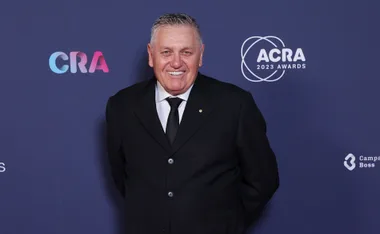


.png?resize=380%2C285)



